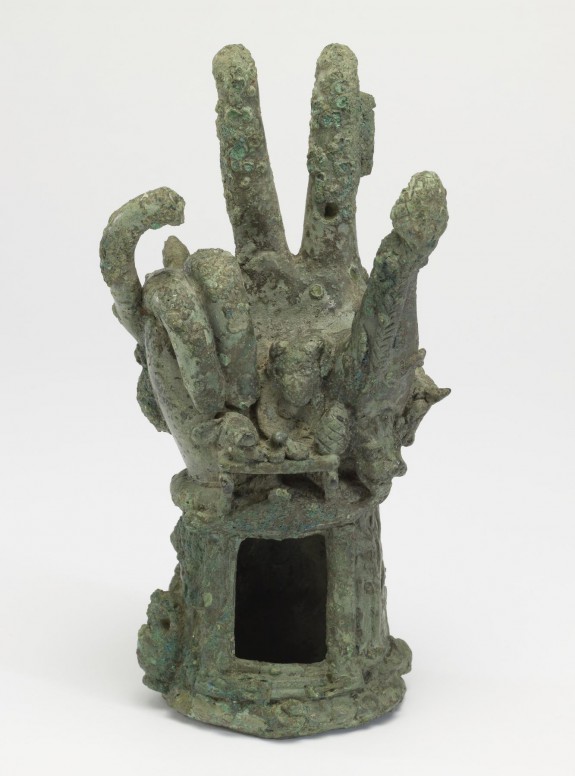Today is Valentine's Day. Happy Valentine's Day!
St Valentine in a spot of bother
As an author of murder mysteries I feel I must point out that February 14 is Valentine's Day because it was on this day that the real St Valentine was beaten with clubs, stoned, and then had his head cut off. Not perhaps the most auspicious beginning for a day to celebrate love.
Oil Flask showing Eros as he plays the aulos
However that was during the Roman period and I am an author of classical Greek mysteries. There is a surprisingly strong connection between Greek mythology and our day of Love. It comes via Cupid, the little fellow with the arrows, who we see on so many Valentine's Day cards.
Cupid is the Latin name for the Greek god Eros. Here he is, from a vase at the Boston Museum of Fine Arts.
The wings for the little god of love were there right from the beginning. It's not shown here, but the bow and arrow are original equipment too. Some early pictures show the god blindfolded as he shoots his arrows, hence the meaning that love is blind, a common saying which is thousands of years old.
The earliest mention of Eros is, incredibly, from Theogeny, a book written by Hesiod in about 700BC. It was the first ever attempt to describe the Greek Gods. Eros gets a major mention.
Hesiod listed Eros among the very first of the gods, right at the start of Creation.
In the beginning there was Chaos. From out of the chaos came Gaia, the Earth, the foundation of all things. Then came dark Tartarus, the Underworld. And then came Eros, the god of Desire, who is fairest of all the deathless ones.
So Eros, our god of falling in love, is one of the most primordial of all deities. Zeus doesn't even appear for another two paragraphs.
Eros then reappears a little later in Theogeny, emerging from the sea behind his mother Aphrodite. Yes, I know that's a paradox. Eros arose before the Olympian Gods, but Aphrodite is his Mum. Welcome to Greek Mythology.
That, then, is the little deity who appears on our Valentine Day cards. Oh, and he helped start the Trojan War. But that's another story.



